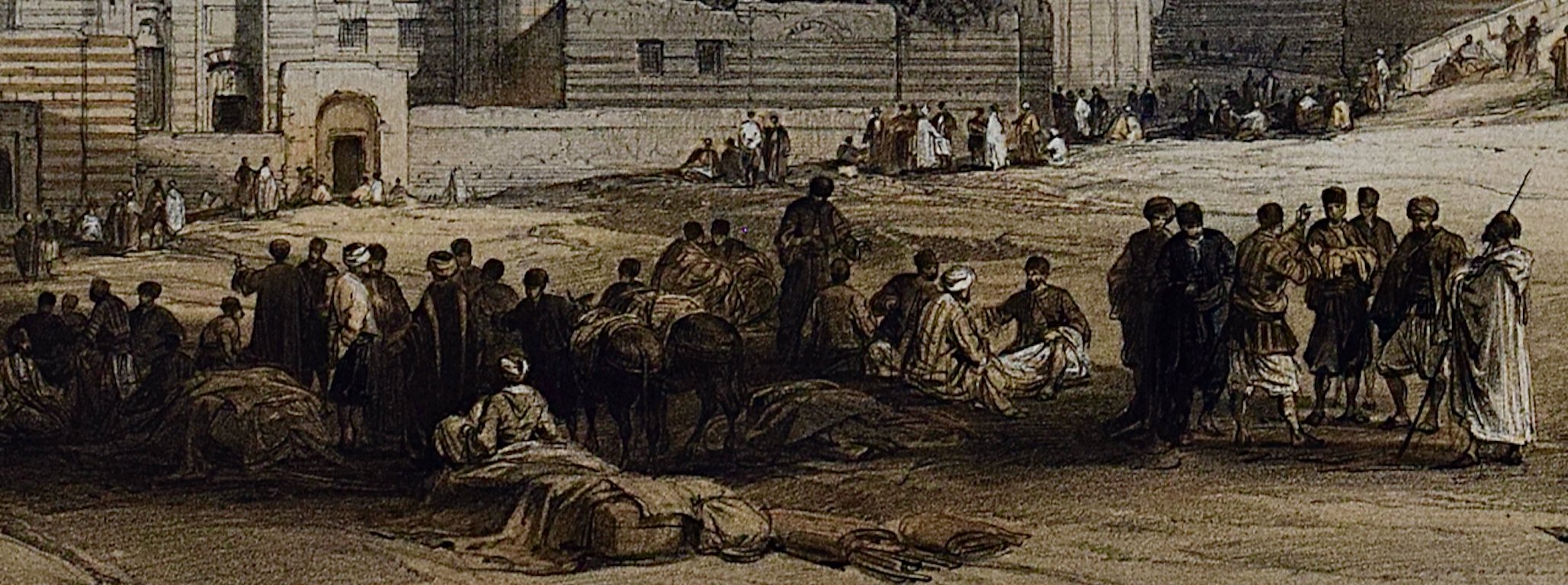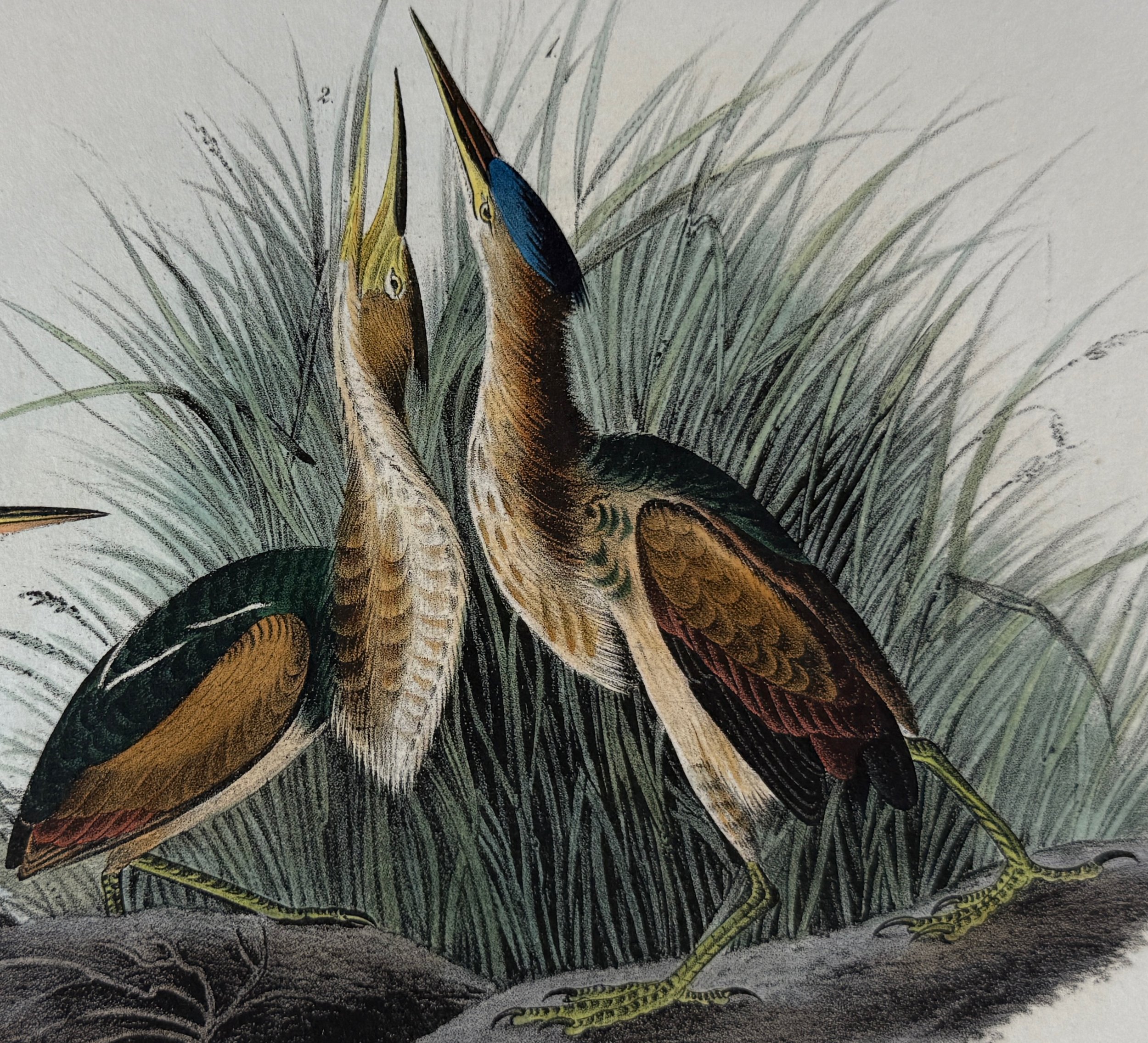This strikingly beautiful and detailed engraving is printed on a sheet measuring 19.5" high and 13.63" wide. The sheet is attached along the upper edge to a larger archival sheet. There is mild discoloration in the margins, which does not involve the image. There is a small pinhole at the upper portion of the inscription region on the left and two tiny pinholes in the lower image, which can only be seen with a bright light illuminating the sheet from behind. The image is otherwise in very good condition. This engraving is held by many museums, including the British Museum, The Riksmuseum, The National Gallery of Art Washington DC, The Fitzwilliam Museum Cambridge, The Victoria and Albert Museum London, The Philadelphia Museum of Art, The National Galleries of Scotland, The Yale University Art Gallery, The Princeton University Art Museum, and The Harvard University Museum.
Abel-François Poisson de Vandières (1721-1787), also known as Marquis de Marigny, was a French nobleman, patron of the arts, and the brother of Madame de Pompadour, who was the mistress of King Louis XV. He was born on February 26, 1721, in Paris, France, into a wealthy and noble family of Parisian financiers. His elder sister, Jeanne-Antoinette Poisson became the official mistress of Louis XV in 1745, and was given the title "marquise de Pompadour". She brought Abel-François to court, where he won the favor of the king. At the age of 18, Charles Antoine Coypel, first painter to the king, was given the responsibility of training and educating the young Abel-François Poisson de Vandières in the arts and he was also trained in science and mathematics. With Coypel's help, Poisson de Vandières chose paintings from the royal collection for exhibition at the Palais du Luxembourg, which became the first museum in France in 1750, the forerunner of the Louvre. In 1751, the king named him "directeur général des Bâtiments du Roi" (director general of the King's Buildings). He kept this position until his retirement in 1773. In 1754, Poisson de Vandières inherited the château of Marigny-en-Orxois, near Château-Thierry, and became the marquis de Marigny. In 1767, he married Julie Marie Françoise Filleul (1751-1822), the illegitimate daughter of King Louis XV and Irène du Buisson de Longpré.
Poisson de Vandières encouraged historical painting and classical architecture, which would become French neoclassicism. He was in charge of construction of many buildings, including: the new Église Sainte-Geneviève (today the "Panthéon"), a major work in the neoclassical style, the new Théâtre-Français (today the Théâtre de l'Odéon), the Place Louis XV (today the Place de la Concorde), the planting of the gardens of the Champs-Élysées, the Comédie-Française, the Hôtel de Crillo, and the École Militaire. He commissioned paintings by François Boucher, Charles-Amédée-Philippe van Loo, Jean-Baptiste Pierre, Jean-Honoré Fragonard, and he named Charles-Joseph Natoire as director of the Académie de France à Rome. He was instrumental in promoting the Rococo style of art in France. Poisson de Vandières was also a member of the French Academy of Sciences and the Royal Society of London. He died on November 12, 1787, in Paris, France, at the age of 66. He is remembered for his contributions to the arts and architecture in France, as well as his support for scientific research and exploration.
Louis Tocqué (1696-1772) was a French portrait painter who was active during the Rococo period. He was born in Paris and trained under famous artists such as François Lemoyne and Hyacinthe Rigaud. Tocqué became a member of the Royal Academy of Painting and Sculpture in 1734. He was appointed as a court painter to Louis XV in 1748.
Tocqué was known for his elegant and refined portraits, which captured the grace and sophistication of his noble and aristocratic sitters. He was particularly skilled in portraying the psychological and emotional states of his subjects, using subtle expressions and gestures to convey their inner thoughts and feelings. Some of Tocqué's most famous works include his portraits of the philosopher Voltaire and Madame de Pompadour, the king's mistress and patron and the sister of Poisson de Vandières, the subject of this portrait. Tocqué's paintings were highly sought after by the wealthy and influential, and he became one of the most prominent portrait painters of his time. Today, his works are housed in museums and collections around the world, including the Louvre in Paris and the National Gallery of Art in Washington, D.C.
































